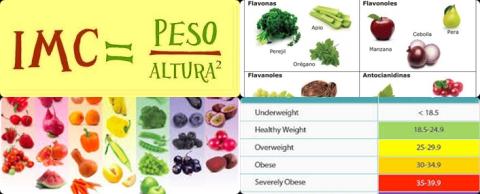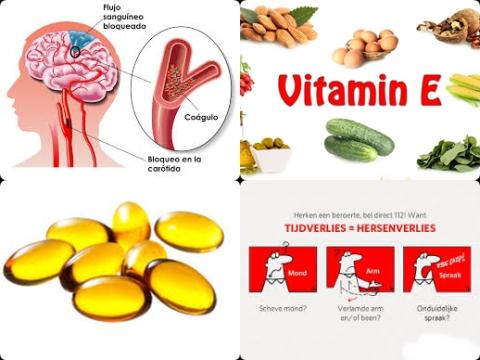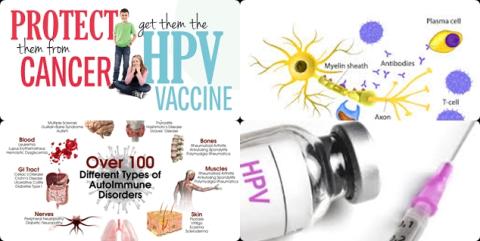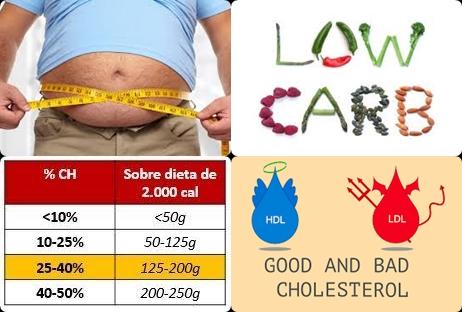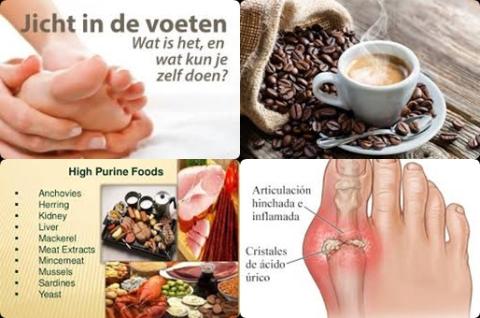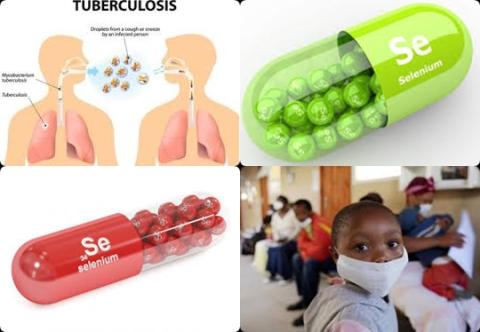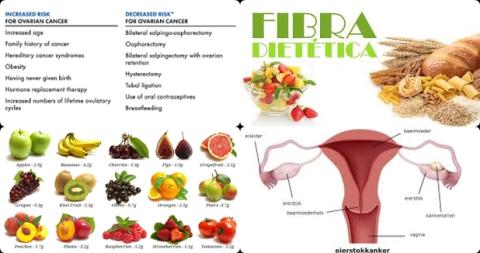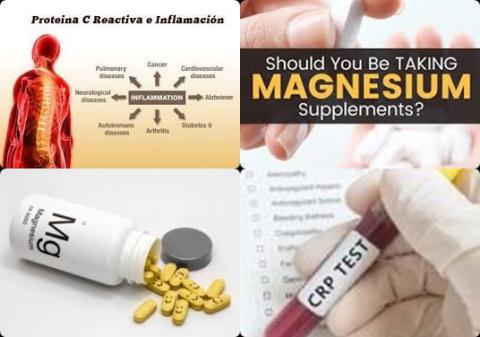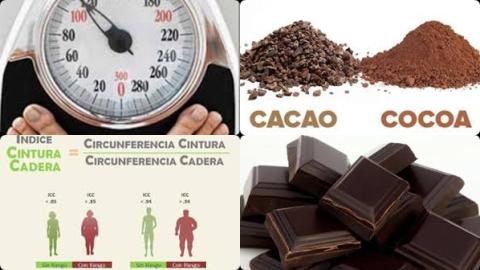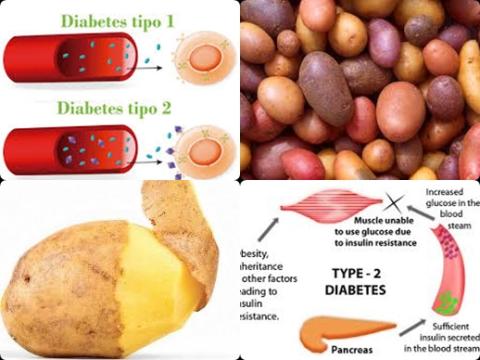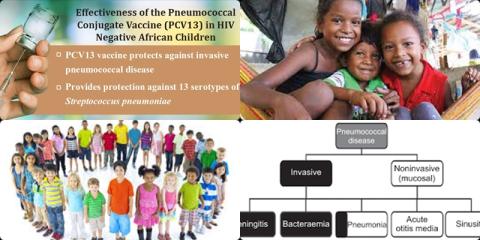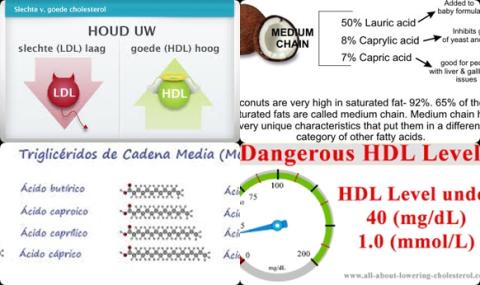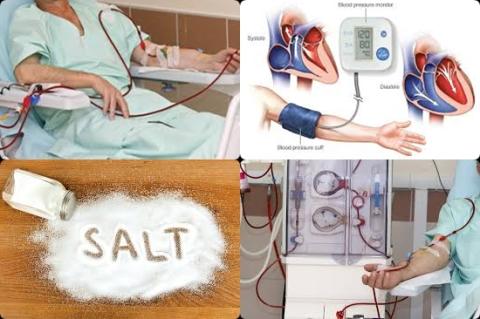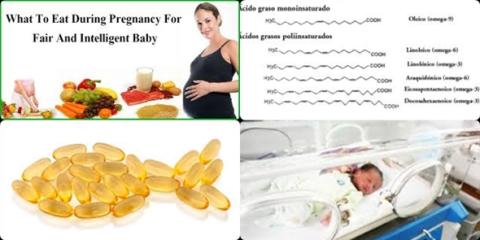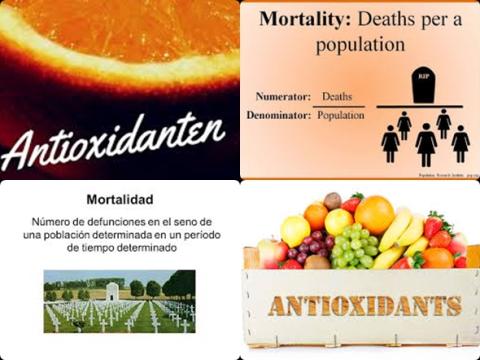Objectives:
A previous version of this Cochrane Review identified that insecticide-treated nets (ITNs) are effective at reducing child mortality, parasite prevalence and uncomplicated and severe malaria episodes. Insecticide-treated nets have since become a core intervention for malaria control and have contributed greatly to the dramatic decline in disease incidence and malaria-related deaths seen since the turn of the millennium. However, this time period has also seen a rise in resistance to pyrethroids (the insecticide used in ITNs), raising questions over whether the evidence from trials conducted before resistance became widespread can be applied to estimate the impact of ITNs on malaria transmission today. Therefore, this review article has been conducted.
The objective of this review article is to assess the impact of insecticide-treated nets on mortality and malaria morbidity, incorporating any evidence published since the previous update into new and existing analyses and assessing the certainty of the resulting evidence using GRADE?
Study design:
This review article included a total of 23 RCT’s (20 trials of previous update and 3 new trials), enrolling more than 275,793 adults and children.
The RCTs were individual randomized controlled trials (RCTs) and cluster RCTs comparing bed nets or curtains treated with a synthetic pyrethroid insecticide at a minimum target impregnation dose recommended by the WHO with no nets or untreated nets.
The studies were conducted between 1987 and 2001.
Results and conclusions:
The investigators found insecticide-treated nets significantly reduced child mortality from all causes by 17% [rate ratio = 0.83, 95% CI = 0.77 to 0.89, 5 trials, 200,833 participants, high-certainty evidence] compared to no nets.
This corresponds to a saving of 5.6 lives [95% CI = 3.6 to 7.6] each year for every 1,000 children protected with insecticide-treated nets.
The investigators found insecticide-treated nets significantly reduced the incidence of uncomplicated episodes of Plasmodium falciparum malaria by almost a half [rate ratio = 0.55, 95% CI = 0.48 to 0.64, 5 trials, 35,551 participants, high-certainty evidence] and the incidence of uncomplicated episodes of Plasmodium vivax malaria by 39% [risk ratio = 0.61, 95% CI = 0.48 to 0.77, 2 trials, 10,967 participants, moderate-certainty evidence].
The investigators found insecticide-treated nets significantly reduced the prevalence of P falciparum malaria by 17% [RR = 0.83, 95% CI = 0.71 to 0.98, 6 trials, 18,809 participants, high-certainty evidence] compared to no nets. However, they had little or no effect on the prevalence of P vivax malaria [RR 1.00, 95% CI = 0.75 to 1.34, 2 trials, 10,967 participants, low-certainty evidence].
The investigators found a 44% reduction [rate ratio = 0.56, 95% CI = 0.38 to 0.82, 2 trials, 31,173 participants, high-certainty evidence] in the incidence of severe malaria episodes in the insecticide-treated nets group, as well as an increase in mean haemoglobin (expressed as mean packed cell volume) compared to the no-nets group [mean difference = 1.29, 95% CI = 0.42 to 2.16, 5 trials, 11,489 participants, high-certainty evidence].
The investigators found insecticide-treated nets probably reduced child mortality from all causes by a third compared to untreated nets [rate ratio = 0.67, 95% CI = 0.36 to 1.23, 2 trials, 25,389 participants, moderate-certainty evidence].
This corresponds to a saving of 3.5 lives [95% CI = 2.4 to 6.8] each year for every 1,000 children protected with insecticide-treated nets.
The investigators found insecticide-treated nets significantly reduced the incidence of uncomplicated P falciparum malaria episodes by 42% [rate ratio = 0.58, 95% CI = 0.44 to 0.78, 5 trials, 2036 participants, high-certainty evidence]. However, no significant reduction was seen for the incidence of uncomplicated P vixax malaria episodes [rate ratio = 0.73, 95% CI = 0.51 to 1.05, 3 trials, 1,535 participants, low-certainty evidence].
The investigators found insecticide-treated nets non-significantly reduces P falciparum prevalence by one-tenth in comparison to use of untreated nets [RR = 0.91, 95% CI = 0.78 to 1.05, 3 trials, 2,259 participants, moderate-certainty evidence].
The investigators found, however, based on the current evidence it was unclear whether or not insecticide-treated nets had impact on P vivax prevalence [1 trial, 350 participants, very low certainty evidence] or mean packed cell volume [2 trials, 1,909 participants, low certainty evidence].
The investigators found that the 3 new trials did not affect the conclusions of previous review.
The investigators concluded although there is some evidence that insecticide resistance frequency has some effects on mosquito mortality, it is unclear how quantitatively important this is. It appears insufficient to downgrade the strong evidence of benefit on mortality and malaria illness from the trials conducted earlier. However, future research should continue to concentrate on monitoring the spread of insecticide resistance and understanding if there is a relationship between observed resistance and reduced effectiveness of insecticide‐based vector control interventions.
Original title:
Insecticide-treated nets for preventing malaria by Pryce J, Richardson M and Lengeler C.
Link:
https://www.cochranelibrary.com/cdsr/doi/10.1002/14651858.CD000363.pub3/full
Additional information of El Mondo:
Find more information/studies on food fortification/malnutrition and malaria right here.
